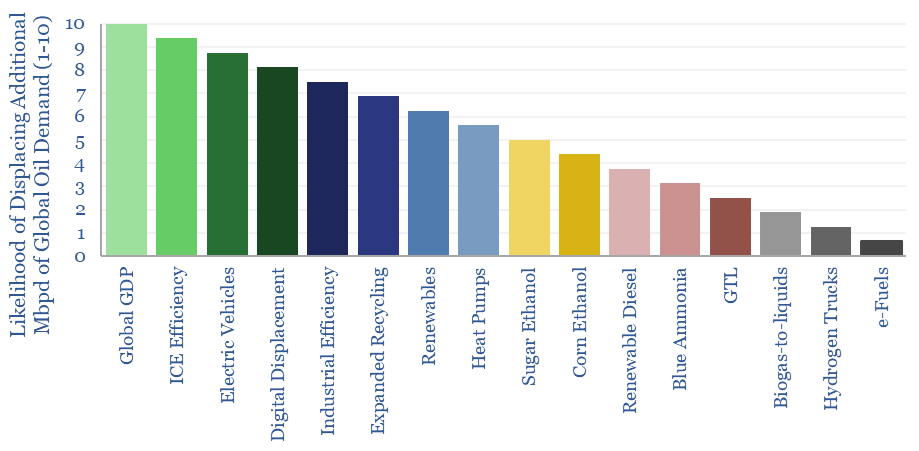
…are GDP growth, fuel economy, electric vehicles, going online, industrial efficiency, expanded recycling, wind and solar, heat pumps, corn ethanol and sugar ethanol, renewable diesel, ammonia shipping fuels, biogas to…
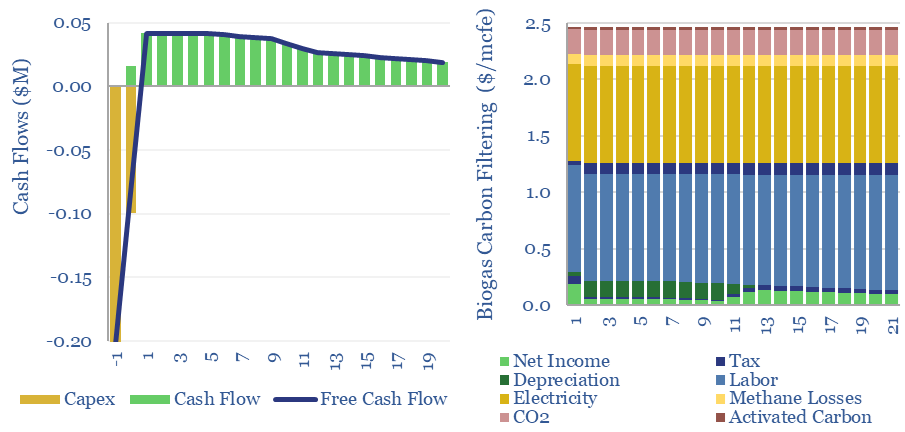
…Biogas is a mixture of 40-75% methane, 20-50% CO2, H2O, nitrogen, oxygen, H2S, ammonia, and other impurities such as siloxanes, mercaptans and other volatile organic compounds. Different assets of biogas…
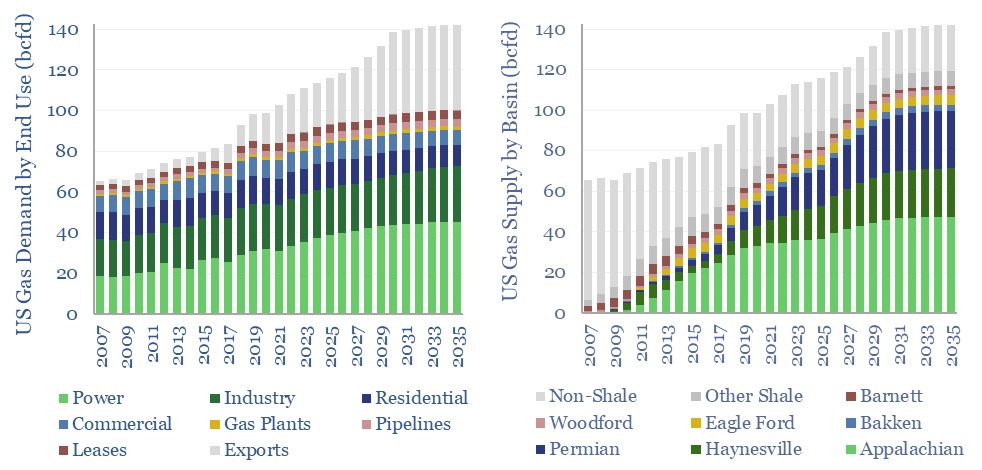
…global LNG, key export markets, materials demand, reshoring, blue hydrogen, blue ammonia, blue steel, blue chemicals and CCS. It is all connected. Our definition of US gas markets – what…
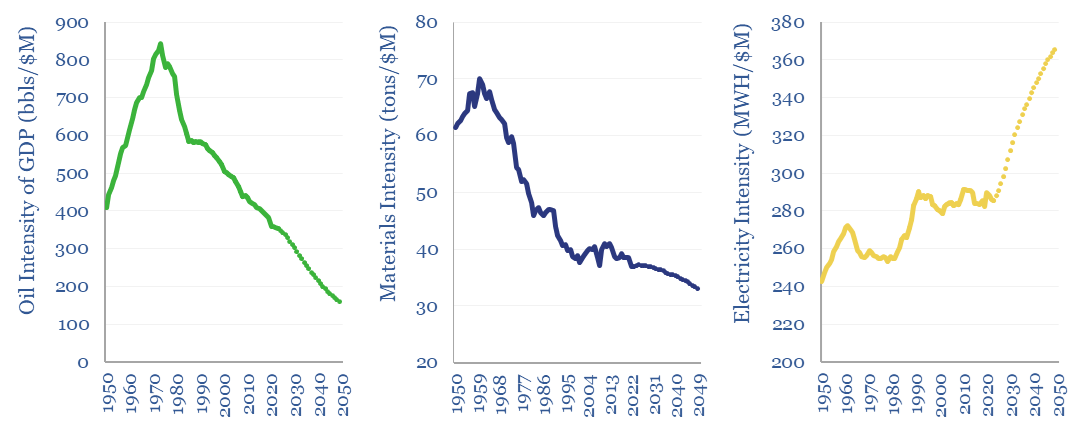
…of plastics, 1.8 tons of ammonia, 1 ton of hydrogen, 0.7 tons of aluminium, 0.3 tons of copper. These inputs are crucial to the global economy, which in turn drives…
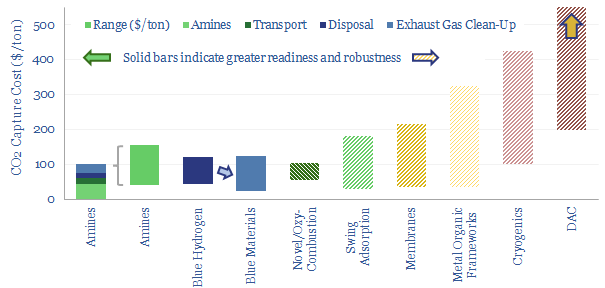
…the Inflation Reduction Act are already kickstarting a boom in blue value chains, from blue ammonia, to blue steel, to blue chemicals. This exciting theme is gathering momentum at a…
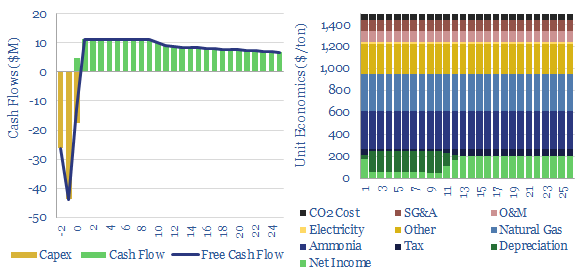
…the Andrussow Processes, at 1,126ºC and 14.7 psi, converting methane, ammonia and air into hydrogen cyanide, carbon monoxide and carbon dioxide. Hydrogen cyanide can then be further processed into sodium…
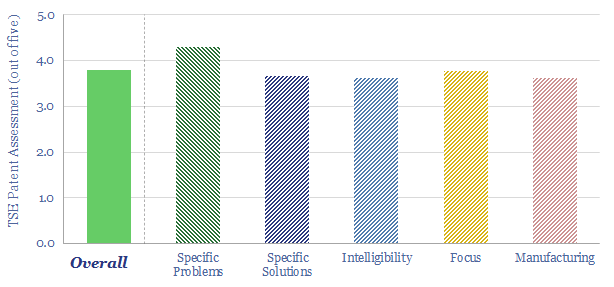
…to air, including for ammonia, amines, but especially for toxic/carcinogenic breakdown products, such as nitrosamines, which ideally will not be generated at all; and (e) have low corrosiveness. To address…
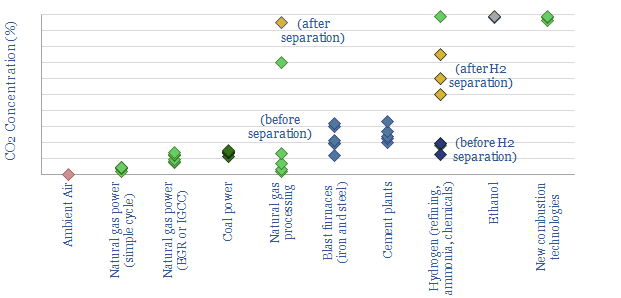
…hydrogen from SMR in the refining, ammonia, chemicals and blue hydrogen industries). These are the most promising options for CCS, in our view. This simple data file aggregates data into…
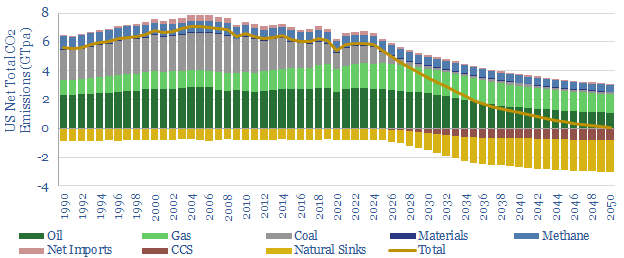
…blue value chains, catalysed by reforms to the 45Q incentive, under the US IRA, for example blue ammonia and blue steel. All of our CCS research is here. CO2 removals…
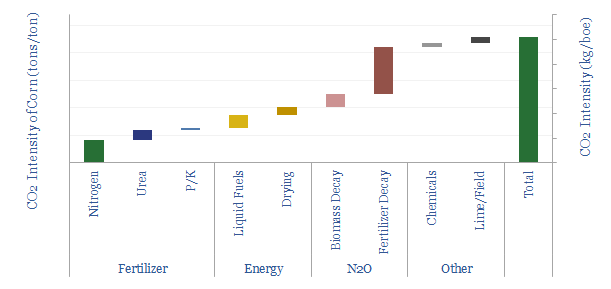
…explains around 7% of total US greenhouse gas emissions (per the EPA). Another 30% of the total emissions footprint for producing crops is from producing fertilizers themselves, such as ammonia…










